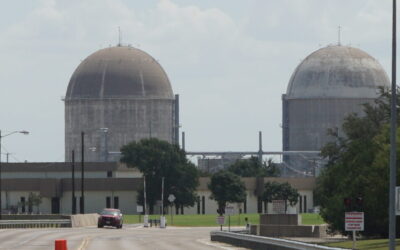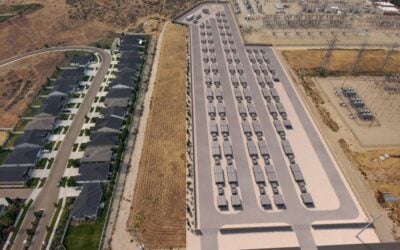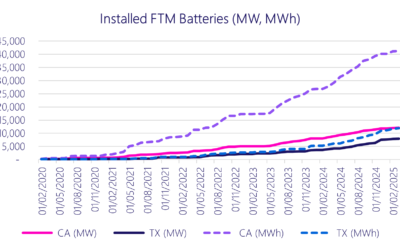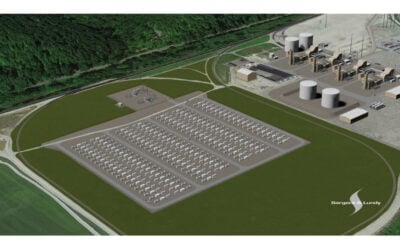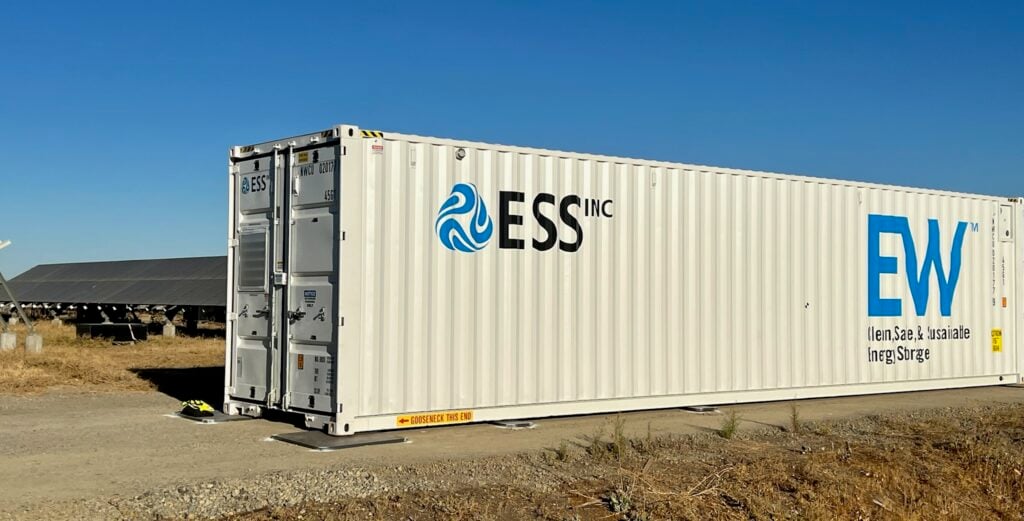
The ‘hype cycle’ around long duration energy storage (LDES) is coming to an end and 2023 will be the year when companies must prove their technology can live up to its promises.
Writing in a guest blog for Energy-Storage.news’ sister site PV Tech, Clean Energy Associates’ Dan Shreve shared his thoughts on the near-term prospects for LDES and green hydrogen technologies.
Enjoy 12 months of exclusive analysis
- Regular insight and analysis of the industry’s biggest developments
- In-depth interviews with the industry’s leading figures
- Annual digital subscription to the PV Tech Power journal
- Discounts on Solar Media’s portfolio of events, in-person and virtual
Companies providing those solutions endured a tough 2022 with many of the special purpose acquisition companies (SPACs) formed to take them public suffering share price tumbles, while long-time providers of green hydrogen technology also saw falls.
“Despite these losses, the industry remains upbeat with a wealth of US state and federal government incentives in play to jump-start pre-commercial operations for new technologies. The hype cycle is coming to an end, and 2023 will be the year when early innovators must prove their technology can pass muster,” Shreve wrote.
The pipeline for both technologies is growing by the day but particular attention is being paid to the US$8 billion Hydrogen Hub programme from the Department of Energy (DOE), which 20 companies are vying for, he added.
LDES is also getting its share of DOE money with some US$350 million for 11 projects exhibiting energy storage technologies, which promise to fill the multi-hour and multi-day mismatches between generation and demand of the future as renewables increasingly dominate the energy mix.
But projects must avoid high-profile failures if they are to maintain investor interest in their technology.
Shreve’s comments echo those of Jigar Shah, who heads up the DOE’s Loan Programs Office, when he told Energy-Storage.news that he broadly expected non-lithium-ion energy storage companies to start secure 1GWh-plus of orders this year. This would then allow them to scale their manufacturing and prove they can lower unit costs, one of the biggest current barriers to their adoption.
Some firms to have already achieved this include liquid-metal battery provider Ambri, nickle-hydrogen battery company EnerVenue, zinc-based battery storage firm Eos and iron-air battery company Form Energy.
On the lithium-ion front, Shreve said that lithium prices have remained stubbornly high although they had been at least more consistent in 2022 and 2023. A rapid rise in production capacity in 2023/24 should provide some relief, however.
Countries in Latin America with big lithium reserves like Argentina, Bolivia and Chile have been discussing forming an OPEC-style trade body, which would ensure prices remain high enough to justify the investments needed for new extraction, he added.
He was sceptical of the ability of a LATAM trade group to displace China as the dominant player in the downstream lithium-ion supply chain, and said it may have the unintended consequence of promoting supply investments in other “free” markets like the US and Canada. The other big challenge that LATAM has is that it has no lithium carbonating processing capabilities either, a space almost entirely dominated by China.
Clean Energy Associates will be launching a Battery Energy Storage System Price Forecasting Report in May 2023, in which it will catalogue various supply chain and material prices.
Energy-Storage.news’ publisher Solar Media will host the eighth annual Energy Storage Summit EU in London, 22-23 February 2023. A few weeks later comes the 5th Energy Storage Summit USA, 28-29 March 2023 in Austin, Texas, followed by the 1st Energy Storage Summit Asia which takes place on 11-12 July 2023 in Singapore.

